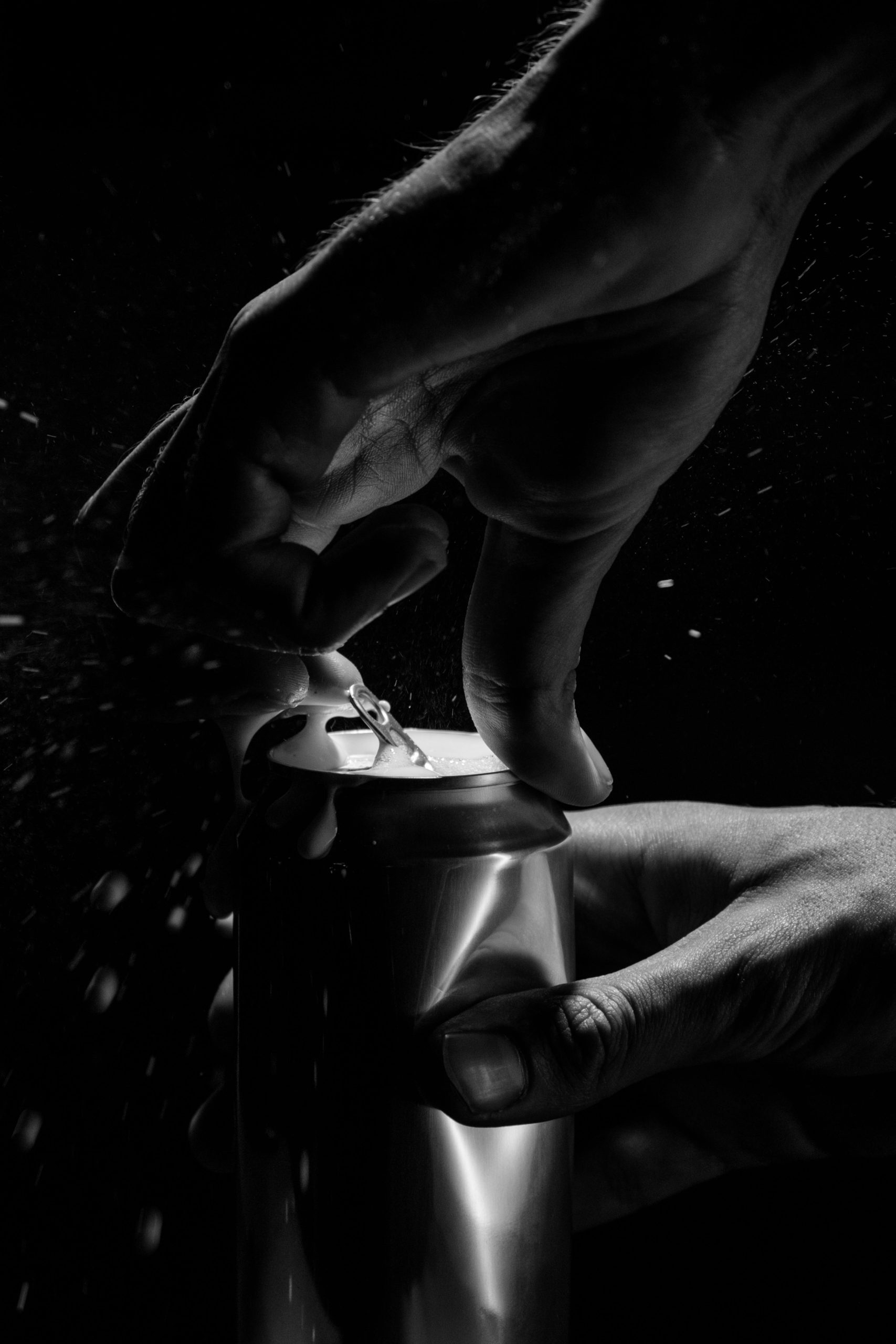Your cart is currently empty!

Steven Coulson
Steven has been drinking beers, wines and spirits for decades and has a propensity to go about them at length after a few drinks.
Latest Posts
- My wife found out our favorite Gin for martinis was discontinued. I think we are good for a while…

- Oregon Road Trip: Freeland Spirits Garden Botanicals Gin

- Botanist with Trader Joe’s Lemon and Elderflower Soda

- I’m one of the worlds leading buyers of craft gin in the world and a international spirit judge AMA

- I’m blown away…. By how let down I am by this Gin.

Categories
Tags
Social Links

Bridging the Brew Gap: Discussing Beer vs. Craft Beer with Friends
Navigating the world of beer can feel a bit like walking a tightrope, especially when trying to convey the nuances between standard beer and craft beer to friends who may not share the same appreciation. Many beer enthusiasts have faced the same predicament: how to communicate the differences without coming across as a snob.
If you’ve ever found yourself in a social gathering where your friends casually suggest grabbing “a beer,” only to see them arrive with a bulk pack of a generic brand, you’re not alone. It can be disheartening to pour your heart into choosing a well-crafted brew, only to watch as it’s met with polite sips before your friends return to their favorite light beer.
The conversation often shifts when the topic of flavors, brewing techniques, or the intricacies of hops arises. The moment you mention these elements, it can seem like a signal for a mental retreat – as if you’ve inadvertently triggered their “too much information” alarm. This reaction is all too common and can make it feel challenging to express your passion without seeming elitist.
However, it’s essential to recognize that there are vast differences in flavor profiles, brewing methods, and the overall experience between mass-produced beers and craft options. While a Miller High Life and a Belgian tripel may both be labeled as “beer,” they represent entirely different taste experiences that deserve recognition.
So how do you strike a balance? Here are a few strategies to communicate your love for craft beer without alienating your friends:
-
Use Relatable Comparisons: Instead of delving into brewing jargon, try comparing flavors to something they’re familiar with. For instance, describe a craft beer’s citrus notes by likening them to the taste of a fresh orange.
-
Foster a Taste Test: Invite them to a tasting session where they can try various styles side by side. This approach allows them to experience the differences firsthand and creates an opportunity for discussion without feeling preachy.
-
Focus on the Experience: Share anecdotes about how craft breweries are unique in their approach and community ties. Emphasizing the cultural and social aspect of craft beer can spark interest without sounding superior.
-
Encourage Open Dialogue: Instead of asserting facts, welcome questions and share your knowledge in a conversational manner. This will make the discussion feel collaborative rather than confrontational.
-
Respect Their Preferences: It’s okay to have different tastes! A
